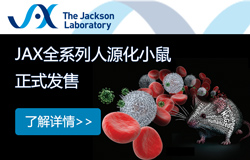特應性皮炎小鼠模型的介紹及其在藥物評估與科學研究中的應用
親愛的朋友們,今天我們來聊一聊一個讓許多人困擾的問題——特應性皮炎。這是一種常見的皮膚病,給患者的生活帶來了不少煩惱。
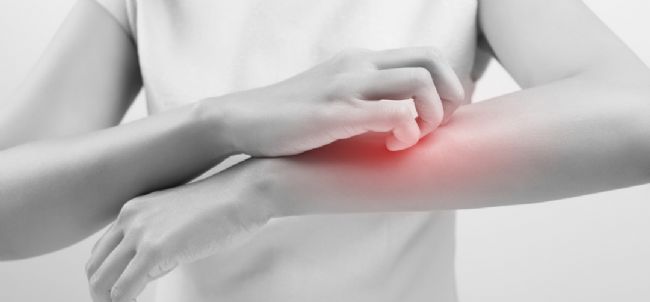
下面,就讓我們一起來了解一下吧!
01 什么是特應性皮炎
特應性皮炎,又稱異位性皮炎、遺傳過敏性皮炎,是一種具有遺傳傾向的慢性皮膚病。它通常發生在兒童和青少年,但也可能在成年人中出現。特應性皮炎的發病原因復雜,可能與遺傳、環境、免疫等多種因素有關。
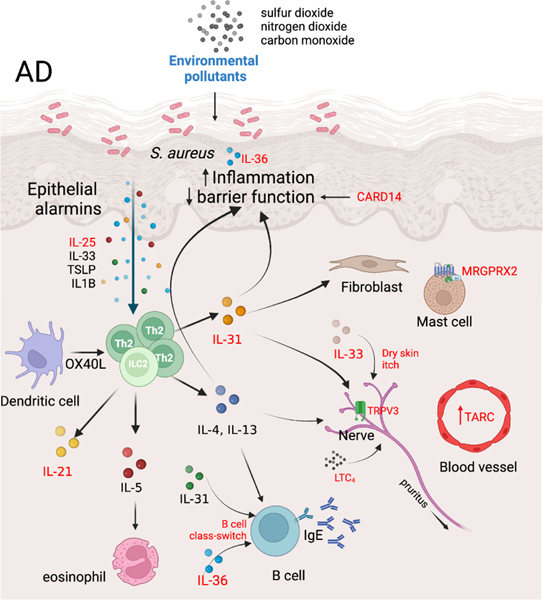
Fig1. Novel insights and additions to AD pathogenesis[1].
02 特應性皮炎的癥狀和特點
★ 皮膚干燥、瘙癢;
★ 紅斑、腫脹;
★ 出現丘疹或水皰;
★ 嚴重時可伴有滲出和結痂;
★ 反復發作,病程較長。
03 特應性皮炎的治療
藥物治療主要包括外用糖皮質激素、鈣調磷酸酶抑制劑、口服抗組胺藥和免疫抑制劑等;非藥物治療強調皮膚保濕和護理,避免過敏原和刺激物的接觸[4-5]。
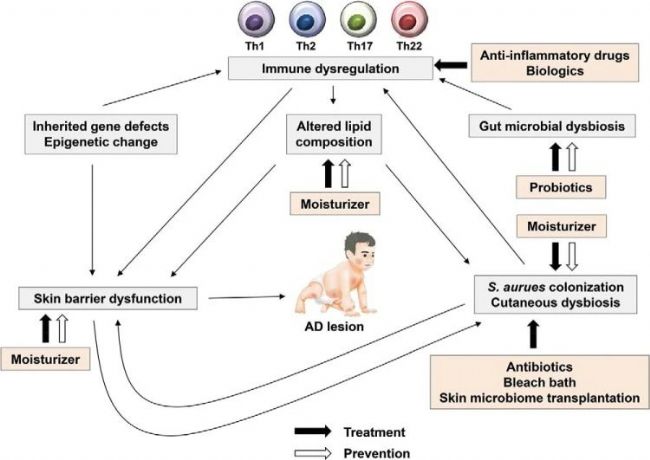 Fig2. Prevention and treatment of AD[2].
Fig2. Prevention and treatment of AD[2].
04 特應性皮炎小鼠模型的起源
特應性皮炎小鼠,是通過特定的遺傳篩選和培育得到的。如C57BL/6小鼠、BALB/c小鼠,這些小鼠在特定的遺傳背景下,容易出現皮膚炎癥、瘙癢等癥狀,與人類特應性皮炎的表現相似。因此,它們成為了研究特應性皮炎的理想模型。
 Fig3. Examples of AD mouse models[3].
Fig3. Examples of AD mouse models[3].
05 特應性皮炎小鼠模型的特點
★ 與人相似,具有紅斑、瘙癢、干燥等癥狀;
★ 遺傳背景清晰,實驗結果可靠穩定;
★ 易于操作和觀察;
★ 有利于降低研發過程中的成本與難度。
06 特應性皮炎小鼠模型的應用
★ 幫助揭示特應性皮炎的發病機制和免疫途徑;
★ 用于測試和評估新的治療方法和藥物;
★ 研究環境因素對特應性皮炎的影響;
★ 為尋找預防策略提供重要線索。
南模生物自主研發了OXA(Oxazolone)誘導的特應性皮炎(Atopic Dermatitis, AD)動物模型。該模型選擇通常選擇BALB/c小鼠或C57BL/6小鼠,將OXA溶液涂抹在小鼠耳朵或背部皮膚上,連續數天,以致敏動物,此后重復涂抹OXA溶液以激發動物皮膚炎癥反應。
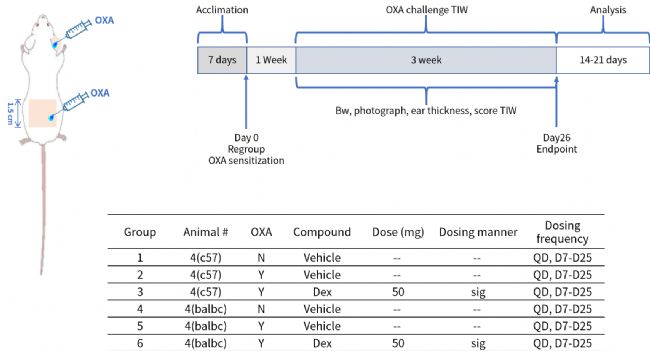
該小鼠模型可出現類似人類AD的癥狀:如皮膚紅斑、丘疹、滲出、鱗屑和增厚等,伴有顯著的搔抓行為。
皮膚組織學檢查顯示表皮增厚、角質形成細胞增生、真皮炎性細胞浸潤等特點。局部和全身性Th2細胞介導的免疫反應增強,IgE水平升高,類似于人類AD的免疫特征[6-7]。

OXA induced increasing of ear thickness and clinical score (erythema, skin thickness and scabby) while Dex can relieve these symptoms. (A) ear thickness (B) clinical score of skin (C) gross observation on Day 21
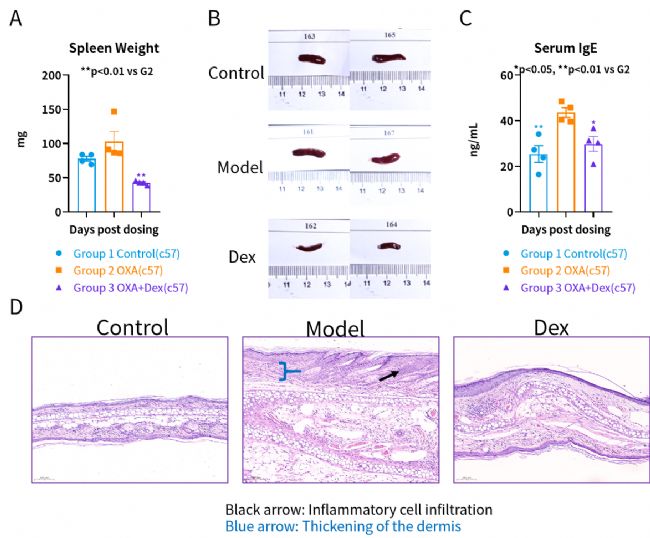
OXA motivated immune system. (A) spleen weight (B) spleen photo (C) serum IgE (D) Mice ear HE pathology
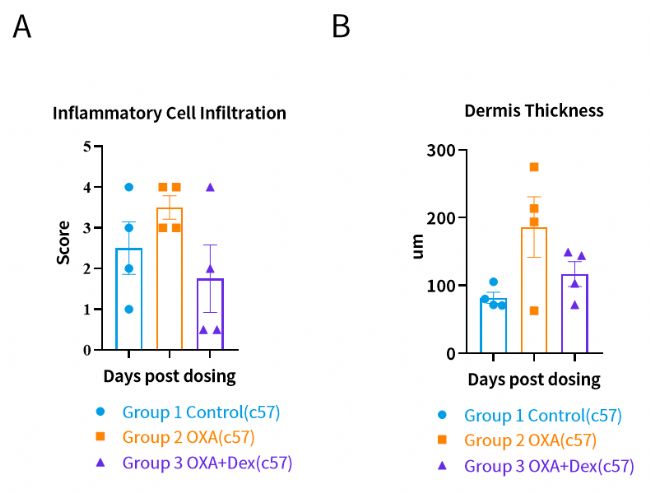
Mice pathology score. (A) inflammatory cell infiltration (B) dermis thickness
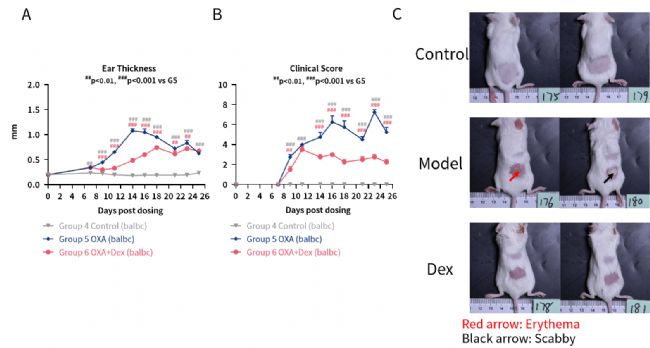
OXA induced increasing of ear thickness and clinical score (erythema, skin thickness and scabby) while Dex can relieve these symptoms. (A) ear thickness (B) clinical score of skin (C) gross observation on Day 21

OXA motivated immune system. (A) spleen weight (B) spleen photo (C) serum IgE (D) Mice ear HE pathology. Black arrow: Inflammatory cell infiltration
Blue arrow: Thickening of the dermis
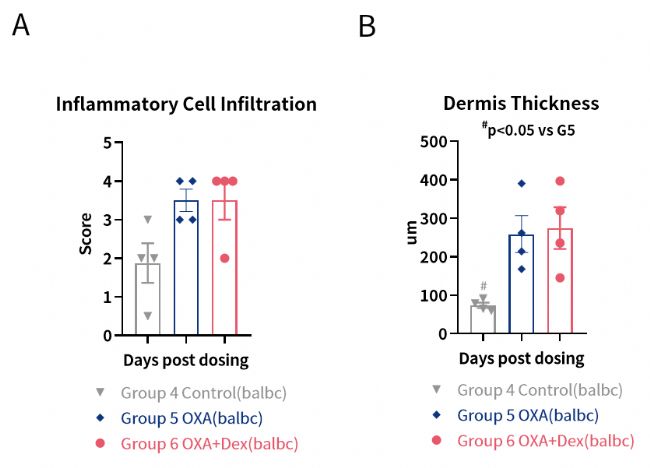
Mice pathology score. (A) inflammatory cell infiltration (B) dermis thickness
該模型可用于評估新藥和治療方法的有效性,為AD治療提供實驗依據。但需注意,動物模型與人類疾病仍存在差異,研究結果需謹慎解讀。
參考文獻
1. Schuler CF 4th, et al. Novel insights into atopic dermatitis. J Allergy Clin Immunol. 2023 May;151(5):1145-1154.
2. Kim D, Kobayashi T, Nagao K. Research Techniques Made Simple: Mouse Models of Atopic Dermatitis. J Invest Dermatol. 2019 May;139(5):984-990.e1.
3. Kim J, Kim BE, Leung DYM. Pathophysiology of atopic dermatitis: Clinical implications. Allergy Asthma Proc. 2019 Mar 1;40(2):84-92.
4. Weidinger, S., & Novak, N. (2016). "Atopic dermatitis." The Lancet, 387(10023), 1109-1122.
5. Boguniewicz, M., & Leung, D. Y. M. (2011). "Atopic dermatitis: a disease of altered skin barrier and immune dysregulation." Immunological Reviews, 242(1), 233-246.
6. Man, M. Q., Hatano, Y., & Elias, P. M. (2008). "Characterization of a hapten-induced murine model of atopic dermatitis showing a shift from acute to chronic dermatitis." Journal of Investigative Dermatology, 128(3), 381-389.
7. Kobayashi, T., & Amagai, M. (2020). "Epidermal barrier dysfunction and its role in atopic dermatitis." Experimental Dermatology, 29(3), 172-181.
關于我們
上海南方模式生物科技股份有限公司(Shanghai Model Organisms Center, Inc.,簡稱"南模生物"),成立于2000年9月,是一家上交所科創板上市高科技生物公司(股票代碼:688265),始終以編輯基因、解碼生命為己任,專注于模式生物領域,打造了以基因修飾動物模型研發為核心,涵蓋多物種模型構建、飼養繁育、表型分析、藥物臨床前評價等多個技術平臺,致力于為全球高校、科研院所、制藥企業等客戶提供全方位、一體化的基因修飾動物模型產品解決方案。





